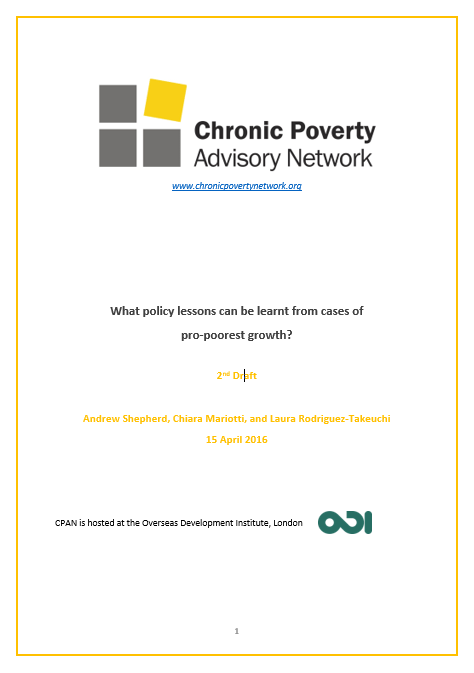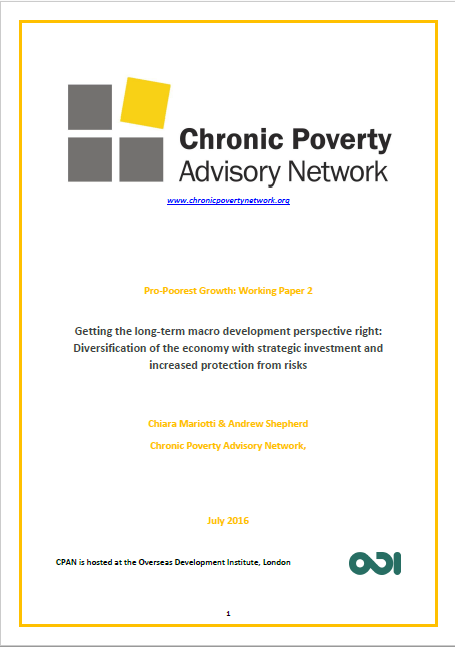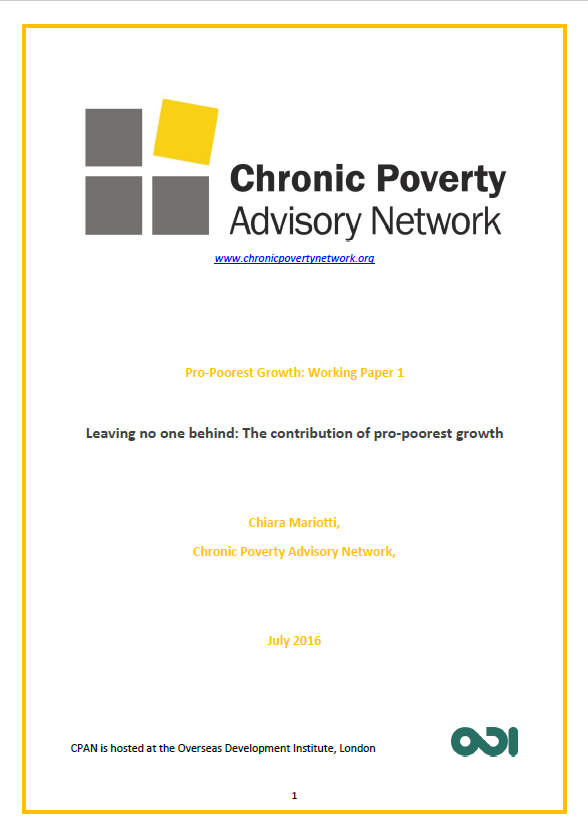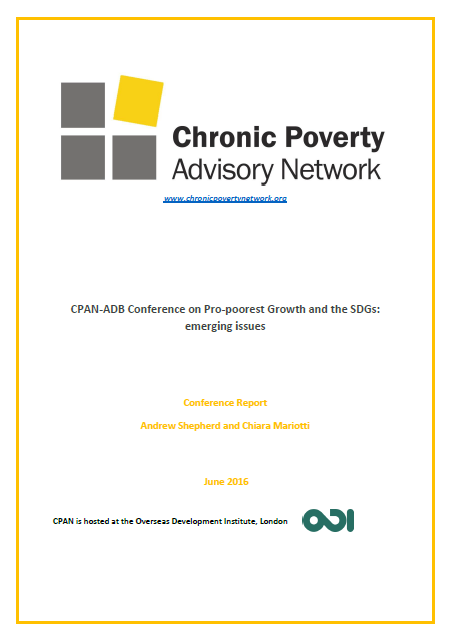The time has come to talk again about economic growth and poverty reduction, in the context of implementing the Sustainable Development Goals (SDGs) which include the commitment to eradicate extreme poverty by 2030. The international community has committed to Leaving No One Behind in this process: progress shouldn’t count as such if certain people are systematically excluded from it. Growth is a key means of implementing these commitments. So how can growth occur in a way which includes the poorest on good terms?
These were the premises of the Conference ‘Incorporating Pro-Poorest Growth in the SDGs: Moving Beyond the MDGs’ implemented by CPAN and the Asian Development Bank in Manila in April 2016 and funded by the Australian Department of Foreign Affairs and Trade (DFAT).
Influential academics, internationally-renowned researchers, policy makers from developing countries and practitioners were reunited to discuss whether and how government policies could facilitate the inclusion of the poorest in economic growth. An aim of the organisers was to use the conference to validate and test the usefulness of the idea of pro-poorest growth – a new, alternative concept to help direct the focus of research and policy making towards those people whom, despite the progress in economic growth and poverty reduction of the last decades, still live in conditions of deep, multidimensional and inter-generational deprivation.
This report is the result of the discussions held during the two-day event. Its objective is to shed some light on the present and future of pro-poorest growth and how it will impact the poorest populations.
The conference has been part of the DFAT funded project “Leaving no one behind: adjusting economic growth strategies - Pro-poorest growth policy analysis”.
Click here to download the report "CPAN-ADB Conference on Pro-poorest Growth and the SDGs: emerging issues"






